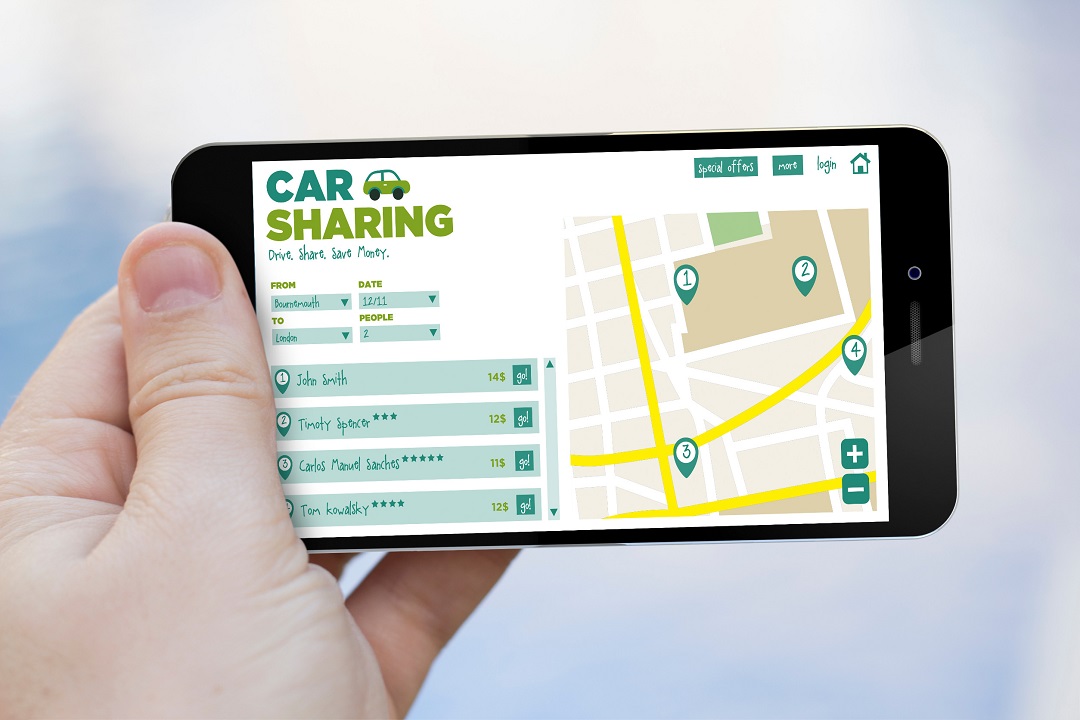
Scarecrow laws are legal statutes or regulations designed more for intimidation than for actual enforcement. They often exist to deter certain behaviors or actions without being actively applied, but their presence can still have significant implications. Young adults, in particular, should be aware of these laws and understand the potential risks they pose. Here are ten reasons why young adults should be worried about scarecrow laws.
1. Legal Ambiguity
Scarecrow laws are often vaguely worded, making it difficult to understand what is and isn’t allowed. This legal ambiguity can lead to confusion and unintentional violations, especially for young adults who may not have extensive experience navigating legal language. The lack of clarity can make it challenging to determine the boundaries of lawful behavior.
This ambiguity can also be exploited by authorities, leading to selective enforcement based on subjective interpretation. Young adults, who may already be wary of legal systems, could find themselves unfairly targeted or penalized without a clear understanding of what they did wrong.
2. Intimidation Tactics
The primary purpose of scarecrow laws is to intimidate and deter certain behaviors. This can create a culture of fear and compliance without actual enforcement. Young adults, in particular, may feel pressured to conform to certain standards or avoid specific activities due to the perceived threat of legal consequences.
Such intimidation tactics can stifle individuality and discourage young people from exploring new ideas or taking risks. The psychological impact of living under the constant threat of vague laws can lead to anxiety and a diminished sense of freedom.
3. Potential for Abuse of Power
Scarecrow laws can provide a tool for the abuse of power by authorities. Because these laws are often not enforced uniformly, they can be used selectively against individuals or groups, leading to discrimination and unfair treatment. Young adults, who may be more vulnerable to authority figures, could find themselves disproportionately affected.
This potential for abuse undermines trust in legal and governmental institutions. It creates a sense of injustice and alienation among young people, who may already feel marginalized or disempowered.
4. Erosion of Civil Liberties
Scarecrow laws can contribute to the gradual erosion of civil liberties. By normalizing the presence of intimidating laws, society becomes more accepting of restrictive measures that limit personal freedoms. Young adults, who are at a stage in life where they are asserting their independence, may find their rights increasingly curtailed.
This erosion of liberties can have long-term implications, affecting not only the current generation but also future ones. The acceptance of scarecrow laws sets a precedent for more invasive and restrictive legislation down the line.
5. Impact on Social Activism
Young adults are often at the forefront of social activism, pushing for change and challenging the status quo. Scarecrow laws can be used to suppress activism by creating a climate of fear and uncertainty. Activists may be deterred from organizing protests, speaking out, or engaging in civil disobedience due to the threat of legal repercussions.
This chilling effect on activism undermines democratic processes and stifles social progress. It prevents young people from exercising their right to free speech and assembly, essential components of a vibrant and dynamic society.
6. Hindrance to Career Opportunities
Legal issues, even minor ones, can have a lasting impact on career prospects. Scarecrow laws, with their potential for selective enforcement, can lead to legal entanglements that tarnish a young adult’s record. Background checks for employment, housing, and education can reveal these issues, hindering opportunities.
Young adults, who are in the crucial stages of building their careers, cannot afford the setbacks caused by unnecessary legal complications. The presence of scarecrow laws adds an additional layer of risk to their professional and personal development.
7. Financial Burden
Legal battles can be expensive, and scarecrow laws can lead to unwarranted legal fees and fines. Young adults, who may already be struggling with student loans, low-paying jobs, or the cost of living, can find themselves financially burdened by the costs associated with defending against these laws.
The financial strain can be overwhelming and can lead to long-term debt and financial instability. This economic impact is particularly concerning for young adults trying to establish their independence and build a secure future.
8. Inconsistent Enforcement
One of the hallmarks of scarecrow laws is their inconsistent enforcement. Authorities may choose to enforce these laws selectively, leading to unpredictability and unfair treatment. Young adults, who may not have the resources or knowledge to navigate the legal system effectively, are at a higher risk of being caught in this inconsistent application.
This unpredictability can create a sense of injustice and distrust in the legal system. It can also lead to disparities in how different groups are treated, exacerbating social and economic inequalities.
9. Inhibition of Personal Growth
Young adulthood is a critical period for personal growth and exploration. Scarecrow laws can inhibit this growth by creating an environment of fear and conformity. Young adults may avoid taking risks, pursuing unconventional paths, or expressing themselves freely due to the looming threat of legal consequences.
This inhibition can stifle creativity, innovation, and self-discovery. It limits the ability of young people to fully explore their potential and contribute meaningfully to society.
10. Legacy of Mistrust
The presence and use of scarecrow laws can leave a lasting legacy of mistrust in legal and governmental institutions. Young adults who experience the negative impacts of these laws may develop a deep-seated skepticism and distrust towards authority figures and institutions. This legacy of mistrust can persist throughout their lives, affecting their engagement with civic duties and their perception of justice and fairness.
Building a society based on trust and mutual respect requires fair and transparent legal practices. Scarecrow laws undermine these principles, creating a divide between young adults and the institutions meant to serve them.
Advocating for Fair Legal Practices
Understanding the implications of scarecrow laws is crucial for young adults as they navigate their personal and professional lives. These laws, designed more for intimidation than enforcement, pose significant risks that can impact freedom, career opportunities, financial stability, and personal growth. By raising awareness and advocating for fair and transparent legal practices, young adults can help create a more just and equitable society. It’s essential to challenge and reform these laws to ensure they do not undermine the principles of justice and equality that form the foundation of a healthy democracy.





































